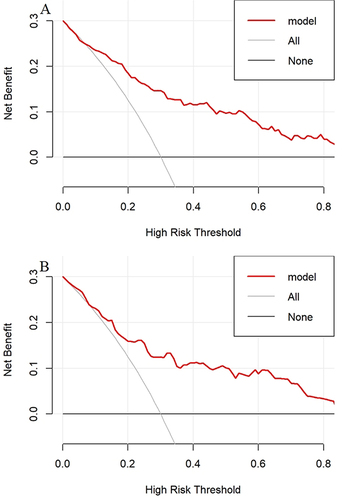Figures & data
Figure 1 Flow chart of participants.

Table 1 Demographic and Medication of Newly Diagnosed T2DM Patients
Table 2 Laboratory Measurement Indicators of Newly Diagnosed T2DM Patients
Table 3 Logistic Regression Analysis of DKD-Related Risk Factor
Figure 2 ROC curve of TyG index and HOMA-IR.

Table 4 LASSO Regression Analysis of DKD-Related Risk Factor
Figure 3 Clinical indicators correlation analysis.
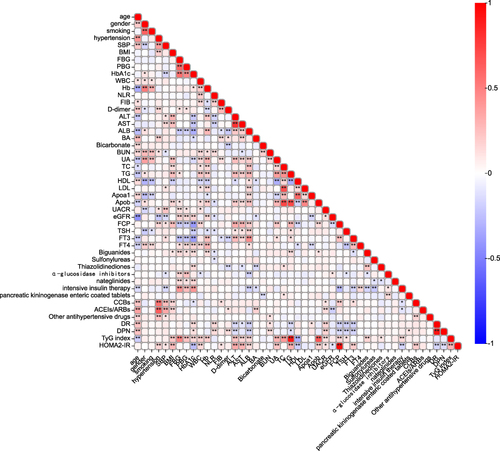
Figure 4 LASSO regression analysis.
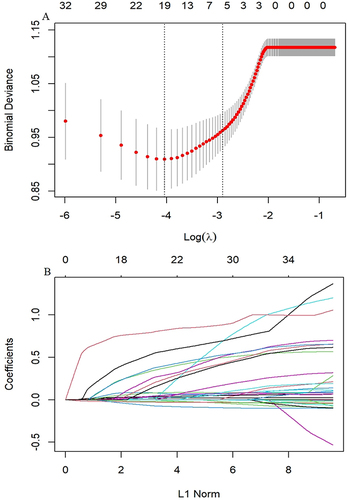
Figure 5 Dynamic nomogram developed for predicting DKD in patients with newly diagnosed T2DM.
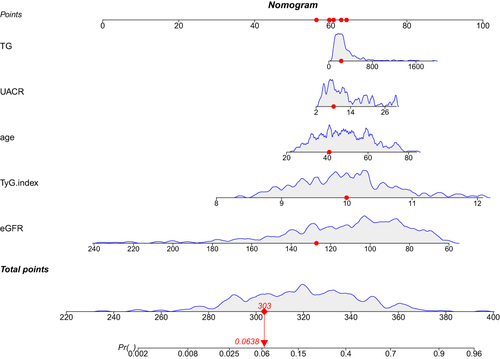
Figure 6 ROC curves of the predictive model.
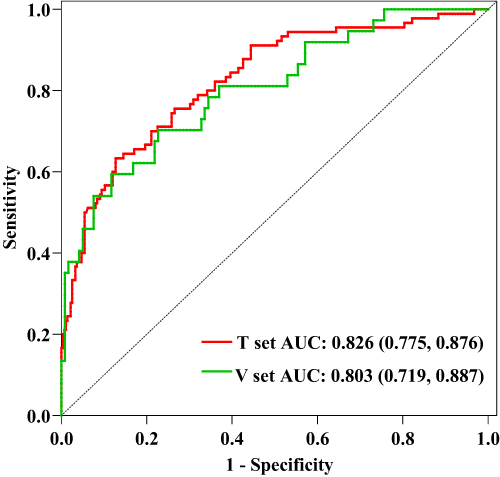
Figure 7 Calibration curves of the nomogram.

Figure 8 DCA for the nomogram.
